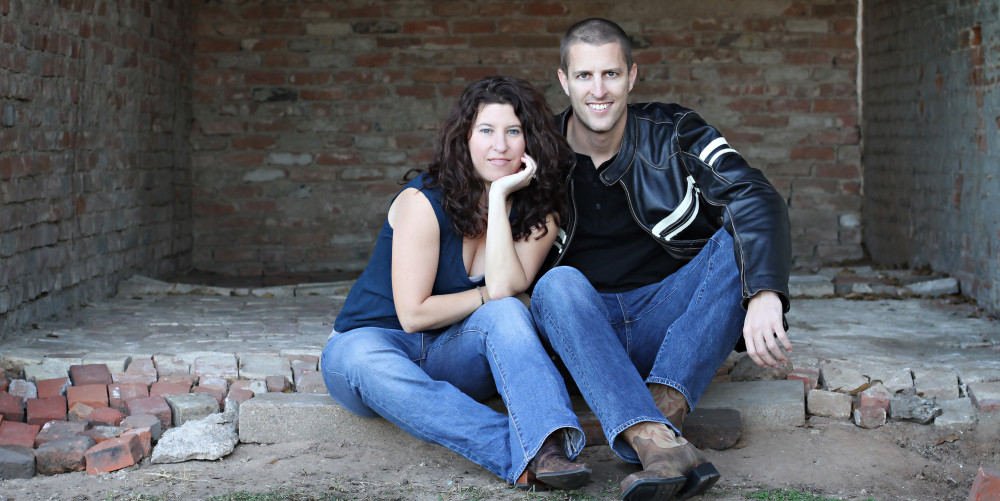Tomorrow is the big day! We (and everyone else) are looking forward to finding out if the twins are boys or girls or both. With that in mind, let’s look at some statistics and see what we can figure out.
How Common Are Twins?
According to the CDC, in the USA in 2010 there were 132,562 twin births, 5,153 triplets, 313 quads, and 37 quintuples or higher. The twin birth rate was 33.1 per 1,000 live births.
Identical or Fraternal?
Our twins are dichorionic/diamniotic, which means they each have their own placenta and their own amniotic sac. This is the most common type of twins, and the type with the lowest risk. All fraternal twins are di/di, but they can be identical if the egg split very early. So, the likelihood is that ours are going to be fraternal.
Many people have asked us if twins run in our families. Some have even asked if twins run in my family, specifically. My genetic history has nothing to do with twins. For fraternal twins, a family history on Mandy’s side would indicate that she has the gene for hyperovulation (multiple egg release), but my genes have nothing to do with that. There is no known hereditary component to identical twins. As far as anyone knows, that’s totally random and can happen to anyone at any time.
Boys or Girls or Both?
People often think that there’s a 50/50 chance of getting a boy or a girl. In single pregnancies it seems the odds are skewed a little bit in favor of getting a boy (about 5% more likely). With our twins, we have a 75% chance of having a boy, and a 75% chance of having a girl (ignoring the 5% preference for boys). Now, I know what you’re thinking, “Hey, smart guy, that adds up to 150%!” Yes, it does, but that doesn’t matter. Here’s how it works.
| Thing 2 Boy | Thing 2 Girl | |
| Thing 1 Boy | Boy/Boy | Boy/Girl |
| Thing 1 Girl | Girl/Boy | Girl/Girl |
So you can see that there is a boy in 3 out of the 4 situations, and there is a girl in 3 out of the 4 situations. We have a 25% chance of getting two boys (and visiting the ER more often), a 25% chance of two girls (and being broke), and a 50% chance of one of each.
There you have it. We have a 50% chance of a boy and a girl, most likely not identical. Unfortunately, I couldn’t find any solid numbers on the odds of one of the twins being an evil twin.
If you ever feel like you have a lot of children, here are some people you can be glad you aren’t.
In 1853, peasant Iakov Kirilow, 70 years old, was presented to the Empress of Russia for having 72 children. His first wife had given 57 children in 21 pregnancies; including ten sets of twins, seven sets of triplets and four sets of quadruplets. He remarried, and his second wife bore him 15 children: six sets of twins and one set of triplets. Thus, he had 72 children in total, and amazingly, all were alive at the time of presentation.
And prolific couple #2…
The documented record for most children is held by Feodor Vassilyev (1707 – 1782), a Russian peasant from Shuya, and his first wife (name not recorded). In a period of fifty years, from 1725 to 1765, they had sixteen sets of twins, seven sets of triplets and four sets of quadruplets, That’s 69 children in total. And, Feodor remarried to have six sets of twins and two sets of triplets with his second wife. That’s another 18 children, and thus, 87 children in total.
All births were registered in the local Orthodox Monastery. In 1782, only three children had been buried, and 84 survived. Empress Catherine the Great was informed about the family, and supported the family with numerous gifts.
Two doesn’t seem so bad, now.
